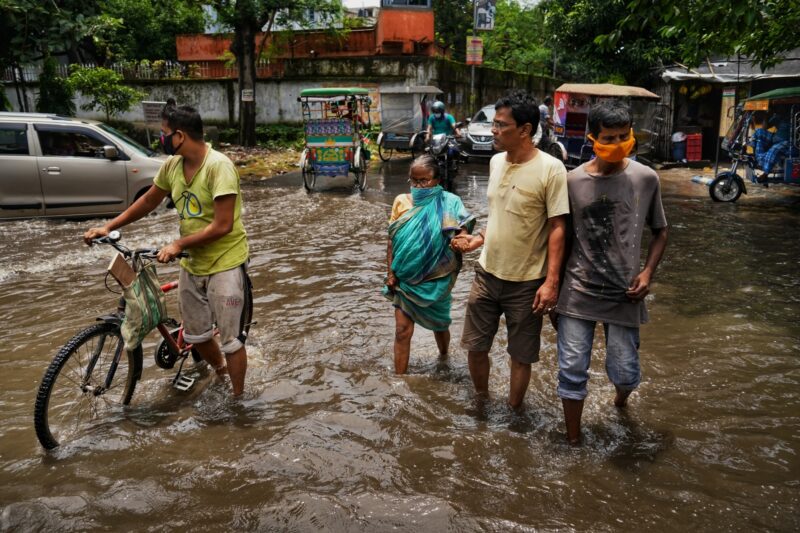New analysis of more than 100,000 scientific studies finds at least 85% of world’s population impacted by climate change
Share

A new paper, published today in Nature Climate Change, documents unprecedented scientific evidence for human-induced climate impacts over at least 80% of the world’s land area affecting at least 85% of the global population.
The scientists behind the paper devised a new research technique, utilising machine-learning models, to synthesise an unprecedented amount of 100,000 empirical studies with extensive model and observational data on temperature change and precipitation to provide a comprehensive, global picture of the impacts of human-induced climate change to date.
The study, “Machine learning-based evidence and attribution mapping of 100,000 climate impact studies”, was conducted under the guidance of two climate research institutes: Mercator Research Institute on Global Commons and Climate Change, and Climate Analytics.
“Our study leaves no doubt that the climate crisis is already being felt almost everywhere in the world. It is also extensively scientifically documented,” explains Max Callaghan, postdoctoral researcher in the MCC working group Applied Sustainability Science and lead author of the study.
The ’attribution gap’
The paper also identifies an ‘attribution gap’, where a lack of papers and data from low-income countries makes it harder to understand climate impacts in these areas, despite observed changes in global climate models.
Robust levels of evidence for attributable impacts are twice as prevalent in high income countries than low – and 23% of the population of low income countries live in areas with low impact evidence, despite at least partially attributable trends in temperature and/or precipitation.
“Developing countries are at the forefront of climate impacts, but we can see in our study there are real blind spots when it comes to climate impact data. Most of the areas where we are not able to connect the dots attribution-wise are in Africa”, says Shruti Nath, contributing author and Researcher at Climate Analytics. “This has real implications for adaptation planning and access to funding in these places.”
Climate science reviews in the age of big literature
Climate science literature is growing exponentially. Since the first assessment report from the IPCC in 1990 the number of studies on climate impacts has increased by more than 100 times.
The methods used in this study aim to provide a solution for the age of big literature. The team used a state of the art deep-learning approach to identify and classify around 100,000 scientific papers, documenting observed climate impacts ranging from societal vulnerabilities to impacts on the environment from freshwater lakes to ecosystems and glaciers.
The algorithm extracts information on the impact, the climatic driver as well as the geolocation of the study area. This information is then combined with spatially explicit assessments of trends in local temperature and precipitation that are attributable to human-induced climate change. Combining these two sources of big data, an unprecedented big literature database of documented climate impacts with human-attributable changes in local temperature and precipitation, provides a unique resource to inform climate action.
Max Callaghan concludes: “Our world map of climate impacts provides guidance for the global fight against global heating, for regional and local risk assessments and also for on-the-ground action on climate adaptation.”











